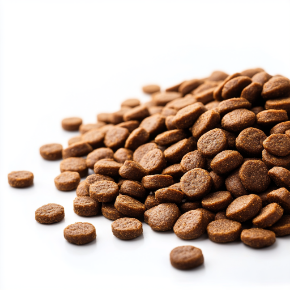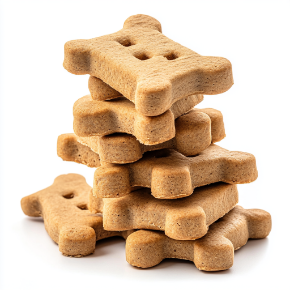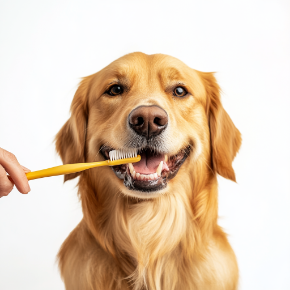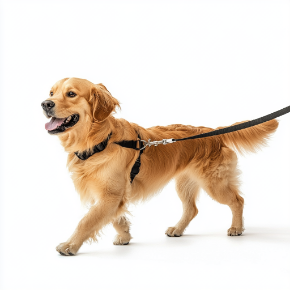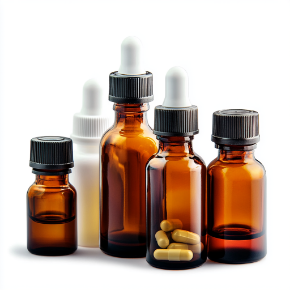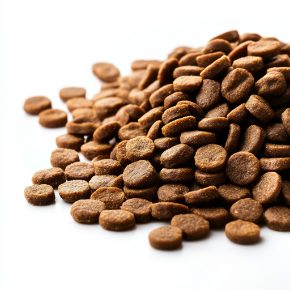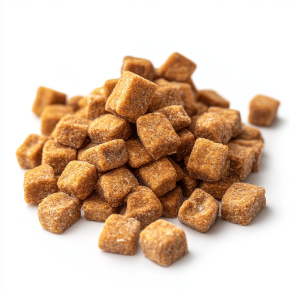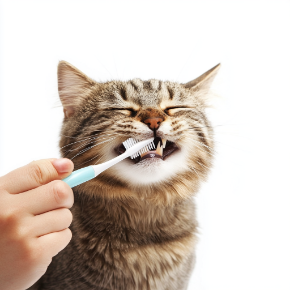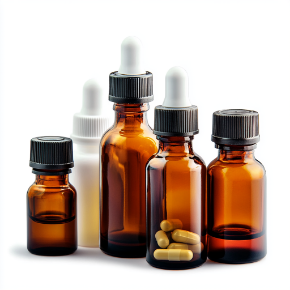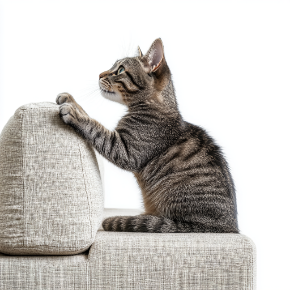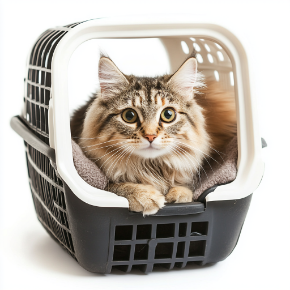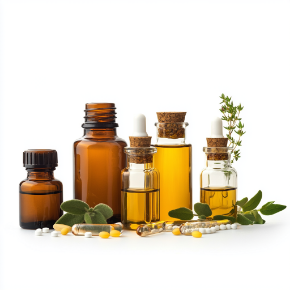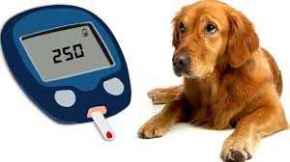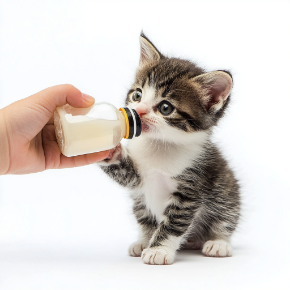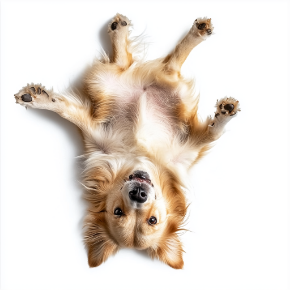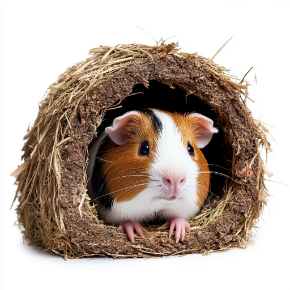Virkon™ DISINFECTANT/CLEANER P.W.S. VIRUCIDE
Vetoquinol
DIN 02125021
Bactericide, Fungicide
DEODORANT
DANGER: EYE AND SKIN IRRITANT
READ THE LABEL AND LEAFLET BEFORE USING
Broad spectrum germicide for cleaning and disinfection of agricultural buildings such as dairy barns, horse barns, piggeries, poultry houses, shelter sheds and other types of livestock buildings. Also for use in veterinary and human hospitals and healthcare facilities, and food processing plants. Virkon™ is a broad-spectrum virucidal hard surface disinfectant that is expected to inactivate SARS-CoV-2 (the virus that causes COVID-19).
INDUSTRIAL
CAUTION
POISON
GUARANTEE/ACTIVE INGREDIENT:
Potassium monopersulfate
21.4% W/W
DESCRIPTION
Virkon™ is a disinfectant, possessing wide spectrum virucidal (Table 2), bactericidal (Table 3) and fungicidal (Table 4) activity. The effectiveness of Virkon™ is further enhanced by its excellent detergent properties, so that clean disease-free surfaces can be achieved. Virkon™ is unique in its composition. Its activity is based on a buffered synergized acid peroxygen system containing a high percentage of surfactant. Virkon™ can be used on all surfaces and in all situations. Once diluted in a 1% solution, Virkon™ is of low toxicity, non-tainting, and non-irritant. Because of its high detergency and mode of action, Virkon™ can be used in an exceptional variety of situations for effective cleaning and virucidal disinfection in a single operation. Virkon™ can be applied manually or through all types of cleaning and spraying equipment. Readily soluble in lukewarm water giving a clear pink solution. Virkon™ consists mainly of inorganic salts.
DETERGENT SANITIZER
Virkon™ passes the AOAC germicidal and detergent sanitizer test at a concentration o 0.5% (1:200).
DIRECTIONS FOR USE
CAUTION: Persons must leave and animals/poultry must be removed from premises prior to disinfection. Avoid contact with food. Empty all feeding and watering appliances. All surfaces and/or object that will contact food, feed or drinking water should be rinsed thoroughly with potable water before reuse. Following disinfection, ensure areas have been ventilated prior to persons and animals/poultry entry.
1. FOR CLEANING AND DISINFECTION OF SURFACES AND EQUIPMENT:
In agricultural buildings
Remove all animals from premises. Remove all litter and manure from floors, walls, and other surfaces of barns and equipment. Brush and blow dust from fans, motors, louvers and electrical equipment. For terminal cleaning and disinfection, saturate all surfaces with a 1% w/v solution of Virkon™, using a pressure washer or a fogger.
Virkon™ should remain in contact with the surface to be disinfected for at least 10 minutes. Scrub heavily soiled utensils and soak in a 1% w/v solution of Virkon™ for 10 minutes (do not exceed 30 minutes for metal objects).
In veterinary and human hospitals and healthcare facilities
Remove all animals from the room. Persons must leave the room. Remove heavy soil deposits then thoroughly wet surfaces to be disinfected with a 1% w/v solution of Virkon™, using a mop, sponge or cloth, as well as by spraying. A minimum contact time of 10 minutes is required. For laboratory equipment and bowls, scrub heavily soiled utensils and soak in a 1% w/v solution of Virkon™ for a minimum of 10 minutes (do not exceed 30 minutes for metal objects).
IMPORTANT NOTE: In animal premises where there has been a disease outbreak and/or the mortality/morbidity rates are higher than normal and the causative agent has been determined by a pathology laboratory to be one of those listed in Table 1, the contact time/dilution rate indicated should be used.
This product is not to be used as a sterilant/high-level disinfectant on any surface or instrument that: (1) is introduced directly into the human body, either into or in contact with the bloodstream or normally sterile areas of the body, or (2) contacts intact mucous membranes but which does not ordinarily penetrate the blood barrier or otherwise enter normally sterile areas of the body. This product may be used to pre-clean or decontaminate critical or semi-critical medical devices prior to sterilization or high-level disinfection.
In food processing plants
Remove all debris and other deposits from surfaces. Then, thoroughly wet surfaces to be disinfected with a 1% w/v solution of Virkon™, using a mop, sponge or cloth, as well as by spraying. A minimum contact time of 10 minutes is required. For food contact surfaces, rinse thoroughly with potable water after treatment with Virkon™.
For a complete listing of microorganisms against which Virkon™ is effective, refer to the Efficacy Charts 2, 3, and 4.
2. FOR AERIAL DISINFECTION:
To replace dangerous and ineffective formalin fumigation in empty farm buildings and veterinary hospitals. Shutdown the ventilation system during the disinfection. Use a mechanical fogging machine as part of terminal disinfection routine with a 1% w/v solution of Virkon™. Apply at a rate of one litre of solution per 100 m3 with particle size not exceeding 70 microns in order to get a minimal contact time of 10 minutes with microorganisms in the air. Leave the room during the fogging. Users and animals may re-enter the treated area once the fog has dispersed. No rinsing is required after fogging.
3. SANITIZING DRINKING WATER SYSTEM:
For sanitizing drinking water system at terminal clean out, use a 1.0% w/v solution of Virkon™. Dose header tank and drain system. Wait at least 10 minutes before draining again.
DILUTION INSTRUCTIONS
Quantity of disinfectant solution required
Dilution rate required (w/v)
3.0%
2.0%
1.0%
0.5%
0.2%
Quantity of Virkon™ required
30 g
20 g
10 g
5 g
2 g
1 Litre
150 g
100 g
50 g
25 g
10 g
5 Litres
300 g
200 g
100 g
50 g
20 g
10 Litres
750 g
500 g
250 g
125 g
50 g
25 Litres
1) Select the quantity of disinfectant solution required.
2) Choose appropriate dilution rate.
3) Measure out the amount of Virkon™ indicated using the graduated measuring scoop provided.
4) Add Virkon™ to warm water and stir.
There is a 20% loss of activity of 1% solutions of Virkon™ after 14 days in 350 ppm hard water.
HEALTH AND SAFETY: FIRE HAZARD: NON-FLAMMABLE
PRECAUTIONS: Keep out of reach of children. Powder irritating to eyes, skin and mucous membranes. May be harmful if swallowed or inhaled. Do not get powder in eyes. Avoid contact of powder with skin. Handle in such a way as to minimize dust release. Do not mix with other chemicals. When mixing the solution, wear goggles, chemical-resistant gloves, and a mask. It is recommended that workers wear overalls, goggles and a mask when applying Virkon™ solution with a hand-held fogger or a pressure washer.
DISPOSAL
1) Rinse the emptied container thoroughly and add the rinsings to treatment site.
2) Follow provincial instructions for any required additional cleaning of the container prior to its disposal.
3) Make the empty container unsuitable for further use.
4) Dispose of the container in accordance with provincial requirements.
5) For information on the disposal of unused, unwanted product and the cleanup of spills, contact the Provincial Regulatory Agency or the Manufacturer.
FIRST AID
Eyes: Irrigate with plenty of water.
Skin: When in powder, remove contaminated clothing. Wash with soap and water. Not hazardous when in solution.
Ingestion: When in powder, wash mouth with plenty of water. Drink plenty of water. Do not induce vomiting. Seek medical advice. If in solution, rinse mouth out with water.
Inhalation: When in powder, if symptoms of coughing, choking, wheezing are troublesome, remove to fresh air and seek medical advice.
STORAGE
Store between 15°C and 25°C in a dry place in tightly sealed containers.
PRESENTATION
Pouch of 50 g, Bottle of 500 g, Pail of 5 kg and 10 kg.
TABLE 1:
Micoorganisms for which a dilution rate of Virkon™ >1% w/v or a contact time >10 minutes are required.
Microorganism
Effective Dilution of Virkon™
Contact Time Required (minutes)
Test Method
Aspergillus fumigatus
3%
10
AOAC Fungicidal Test
Bovine Papilloma Virus
1%
30
VLA, UK Method
Dermatophilus congolensis
2%
10
AOAC Use Dilution Test
Fusarium moniloforme
2%
10
AOAC*
PRRS Virus
0.5%
30
VLA, UK Method
Salmonella enteritidis
2%
10
AOAC Use Dilution Test
Trichophyton interdigitale
2%
10
AOAC*
* Modification of AOAC Fungicidal Test
TABLE 2:
Viruses for which a 1% w/v dilution rate of Virkon™ and a contact time of 10 minutes are known to be effective.
Viruses
Effective Dilution of Virkon™
Contact Time Required (minutes)
Test Method
Avian Infectious Bronchitis Virus
1%
10
AOAC*
Avian Influenza Virus
1%
10
AOAC*
Avian Laryngotracheitis Virus
1%
10
AOAC*
Bovine Adenovirus Type 4
1%
10
EPA Method
Bovine Viral Diarrhea (BVD) Pestivirus
1%
10
EPA Method
Calf Rotavirus
1%
10
EPA Method
Canine Parvovirus
1%
10
EPA Method
Duck Adenovirus
1%
10
EPA Method
Equine Arteritis Virus
1%
10
EPA Method
Equine Herpes Virus Type 1
1%
10
EPA Method
Equine Herpes Virus Type 3
1%
10
EPA Method
Equine Influenza Virus Type A
1%
10
EPA Method
Feline Calicivirus
1%
10
EPA Method
Feline Panleukopenia Virus
1%
10
EPA Method
Feline Rhinotracheitis Virus
1%
10
EPA Method
Infectious Bovine Rhinotracheitis Virus
1%
10
EPA Method
Infectious Bronchitis Virus
1%
10
AOAC*
Infectious Bursal Disease (Gumboro) Virus
1%
10
AOAC*
Infectious Canine Hepatitis Adenovirus
1%
10
EPA Method
Newcastle Disease Virus
1%
10
AOAC*
Parainfluenza Virus
1%
10
EPA Method
Parvovirus
1%
10
EPA Method
Pseudorabies Virus
1%
10
EPA Method
Simian Virus 40 (SV40)
1%
10
EPA Method
TGE-Coronavirus
1%
10
EPA Method
Turkey Herpes Virus
1%
10
EPA Method
* Modification of the AOAC Fungicidal Test
TABLE 3:
Bacteria for which a 1% w/v dilution rate of Virkon™ and a contact time of 10 minutes are known to be effective.
Bacteria
Effective Dilution of Virkon™
Contact Time Required (minutes)
Test Method
Actinobacillus pleuropneumoniae
1%
10
AOAC*
Bordetella avium (Alcaligenes faecalis)
1%
10
AOAC Use Dilution Test
Bordetella bronchiseptica
1%
10
AOAC Use Dilution Test
Brucella abortus
1%
10
AOAC Use Dilution Test
Helicobacter pylori (Campylobacter pyloridis)
1%
10
AOAC Use Dilution Test
Campylobacter jejuni
1%
10
AOAC*
Chlamydia psittaci
1%
10
EPA Method
Erysipelothrix rhusiopathiae
1%
10
AOAC Use Dilution Test
Escherichia coli
1%
10
AOAC Use Dilution Test
Haemophilus somnus
1%
10
AOAC Use Dilution Test
Klebsiella pneumoniae
1%
10
AOAC Use Dilution Test
Listeria monocytogenes
1%
10
AOAC Use Dilution Test
Moraxella bovis
1%
10
AOAC Use Dilution Test
Mycoplasma gallisepticum
1%
10
AOAC Use Dilution Test
Pasteurella haemolytica
1%
10
AOAC Use Dilution Test
Pasteurella multocida
1%
10
AOAC Use Dilution Test
Pseudomonas aeruginosa
1%
10
AOAC Use Dilution Test
Salmonella enterica
1%
10
AOAC Use Dilution Test
Salmonella typhimurium
1%
10
AOAC Use Dilution Test
Serpulina (Treponema) hyodysenteriae
1%
10
AOAC Use Dilution Test
Shigella sonnei
1%
10
AOAC Use Dilution Test
Staphylococcus aureus
1%
10
AOAC Use Dilution Test
Staphylococcus epidermidis
1%
10
AOAC Use Dilution Test
Streptococcus equi
1%
10
AOAC Use Dilution Test
Streptococcus suis
1%
10
AOAC Use Dilution Test
Haemophilus (Taylorella) equigenitali
1%
10
AOAC Use Dilution Test
* Modification of the AOAC Use Dilution Test
TABLE 4: Fungi for which a maximum 1% w/v dilution rate of Virkon™ and a contact time of 10 minutes are known to be effective.
Fungi
Effective Dilution of Virkon™
Contact Time Required (minutes)
Test Method
Candida albicans
1%
10
AOAC Use Dilution Test
Microsporum canis
0.5%
10
MHW Guideline, Japan
Trichophyton verrucosum
0.5%
10
MHW Guideline, Japan
* Modification of AOAC Fungicidal Test









